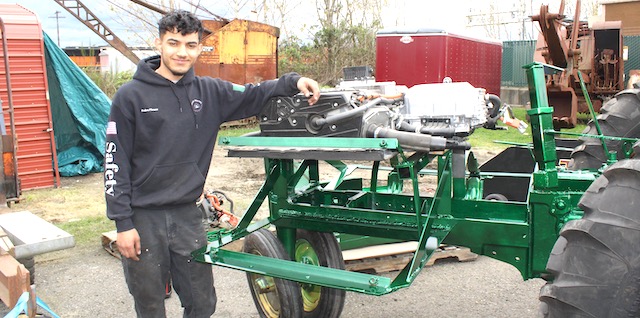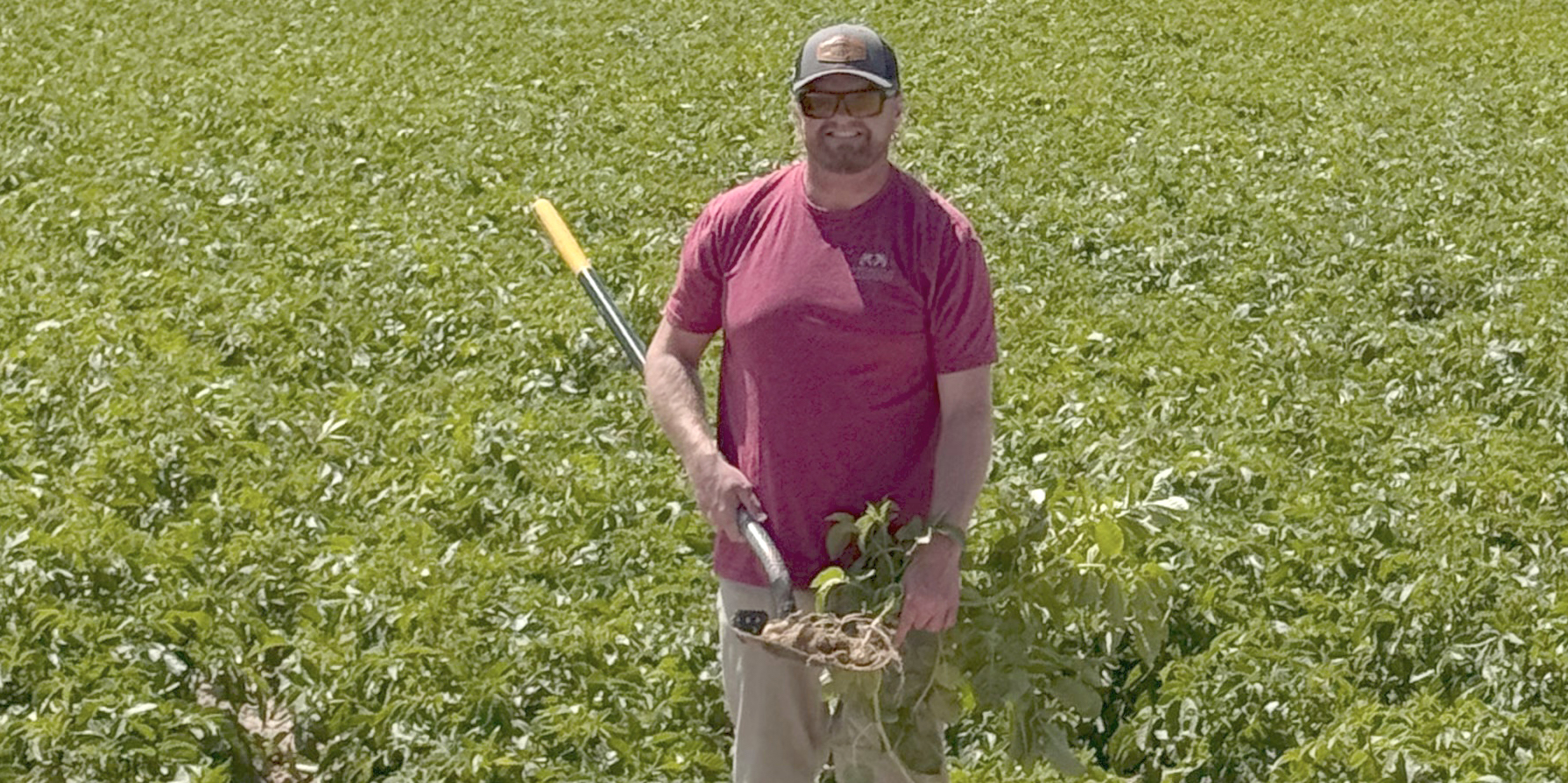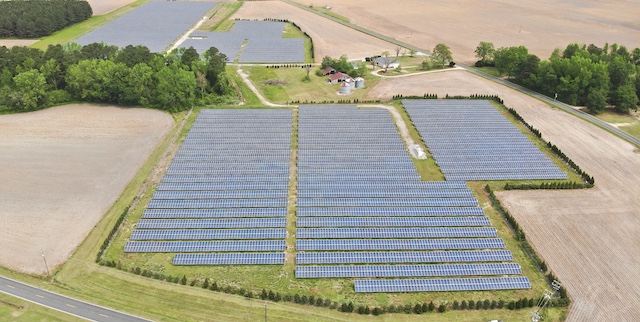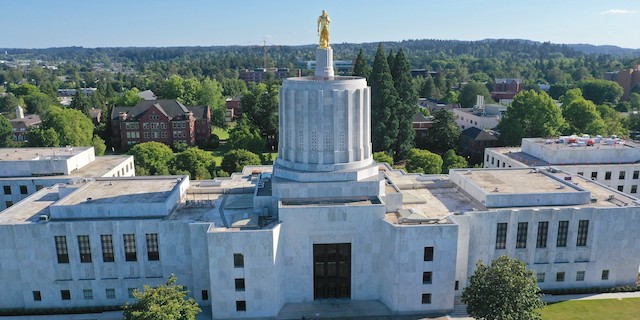New spillway completed at Minidoka Dam
Published 2:39 am Monday, June 1, 2015
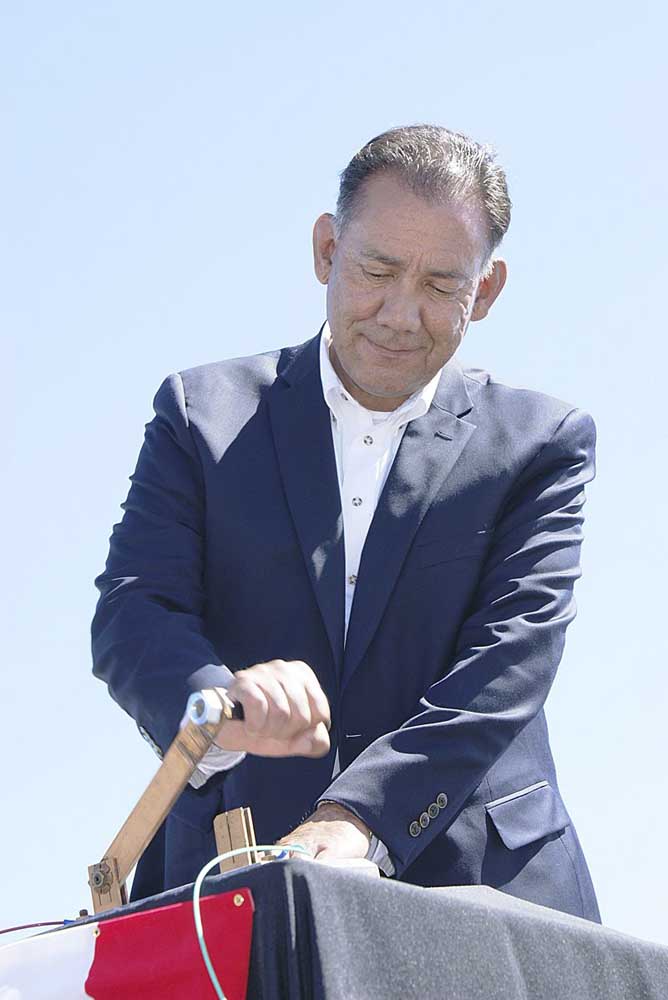
- Carol Ryan Dumas/Capital Press Bureau of Reclamation Commissioner Estevan Lopez flips a ceremonial switch to open the control gates on the new Minidoka Dam spillway during a completion ceremony on May 27.
RUPERT, Idaho — About 200 people were on hand to celebrate the completion of a four-year project to modernize and straighten the spillway and replace two irrigation headworks at the century-old Minidoka Dam 10 miles northeast of Rupert.
The Bureau of Reclamation project, in partnership with the Minidoka and Burley Irrigation districts and USDA’s Rural Development, brought dam operations — which began in 1906 — into the 21st century.
The dam provides water storage and delivery to 128,000 acres of farmland and delivers power to irrigators in Minidoka and Cassia counties. But the efficiency of that service was compromised by the aging infrastructure of the spillway and headgates.
“We wanted to keep that reliable service going for the next 100 years, but we had to do something different,” Bureau of Reclamation Commissioner Estevan Lopez said during the Wednesday completion ceremony.
The old spillway structure with its manual stop-log, water-control gates was replaced and modernized with 12 automatic radial gates capable of releasing 6,000 cubic feet per second.
“This was a very big project in the making,” said Roland Springer, the bureau’s Upper Snake field office manager.
It took a lot of time and effort. If the structure could talk, it would tell stories of long days of Bureau and construction crews working in triple-digit heat, sub-zero temperatures, high winds and clouds of pests, with tents over the concrete so it could cure, he said.
Total cost for the project is about $24 million, with the local irrigation districts funding 42 percent.
Irrigators initially resisted against the need to replace the structure that had served well for 100 years, but recognized that reality when core samples showed serious deterioration, said Dan Darrington, president of Idaho Water Users Association and Burley Irrigation District board member.
Project costs were originally estimated at $70 million, and irrigators immediately panicked. Searching for assistance, the districts found financial help at USDA’s Rural Development agency, he said.
The economic return of the dam operation is immeasurable, and the water rights that come with it are the envy of the state, he said. The vision and fortitude of the area’s ancestors — who built the structure with the use of steam engines and dug the canals and laterals with teams of horses — has resulted in a thriving community that expands beyond agriculture, he said.
USDA Rural Development State Director Wally Hedrick — whose grandfather and great uncle were laborers constructing the dam and whose grandmother cooked for the early workers — said the reconstruction project was a collaboration for rural opportunity.
Modernization of the spillway and irrigation diversion gates is an outstanding project that relied on the ongoing good partnership with irrigators, said Lorie Lee, the bureau’s Northwest regional director.
And the project found a great partner in Meridian, Idaho-based Record Steel and Construction, which kept environmental health in its sites, she said.
Aging storage structures across the West, climate change and issues of water management that seem to get more contentious and more difficult will continue to challenge the bureau and irrigators. But like the Minidoka project, progress can be made through partnerships, Lopez said before he flipped the switch to open the new spillway control gates.



